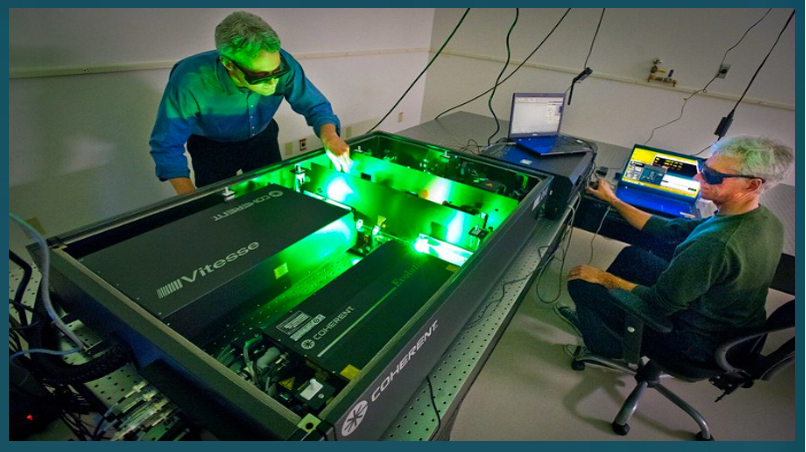BASEL — Scientists at the University of Basel have developed a custom-built molecule capable of storing solar energy in the form of four stable electric charges, marking a major advance in the pursuit of artificial photosynthesis—a technology long considered the holy grail of renewable energy.
The molecule, composed of five linked components, can hold two positive and two negative charges generated through two flashes of light. Crucially, it operates under light intensities close to natural sunlight, overcoming a key limitation of earlier systems that required powerful lasers to function.
“This stepwise excitation makes it possible to use significantly dimmer light,” said doctoral researcher Mathis Brändlin. The stored charges remain stable long enough to drive chemical reactions such as water splitting, a critical process for producing hydrogen fuel.
While not yet a complete artificial photosynthesis system, the discovery represents a foundational step toward creating carbon-neutral fuels that could power sectors like aviation, shipping, and heavy industry—areas where electrification remains challenging.
The findings, published in Nature Chemistry, offer new hope for addressing renewable energy intermittency and integrating solar fuels into existing infrastructure.
Joint Center for Artificial Photosynthesis Research Berkeley Lab, Picture for illustration purposes only


